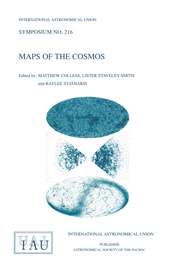Article contents
The optical identification of radio sources
Published online by Cambridge University Press: 14 August 2015
Extract
Previous attempts to identify any large proportion of the discrete sources discovered at meter wavelengths have met with small success. In the investigation briefly reported here an extensive search has been made on the original plates of the 48-inch Palomar—National Geographic Society Sky Survey, using the available published radio data, but more especially the as yet unpublished results of a survey between +50 and −10 degrees declination that has been made with the interferometer of the Mullard Radio Astronomy Observatory, Cambridge. This radio survey (3C) has been carried out at 159.5 Mc/s using the aerial array of the 2C survey [1] in modified form. An account of the observation and reduction of this recent survey is given by other speakers in the Symposium. The area of sky covered by the 3C survey, and the criteria for the selection and classification of the sources, are likely to undergo small extensions and modifications before the final catalog is ready for publication, but these modifications will be of a minor character and will not alter the general conclusions of the present paper.
- Type
- Part V Discrete Sources and the Universe
- Information
- Symposium - International Astronomical Union , Volume 9: Paris Symposium on Radio Astronomy , 1959 , pp. 507 - 513
- Copyright
- Copyright © Stanford University Press 1959
References
- 1
- Cited by


